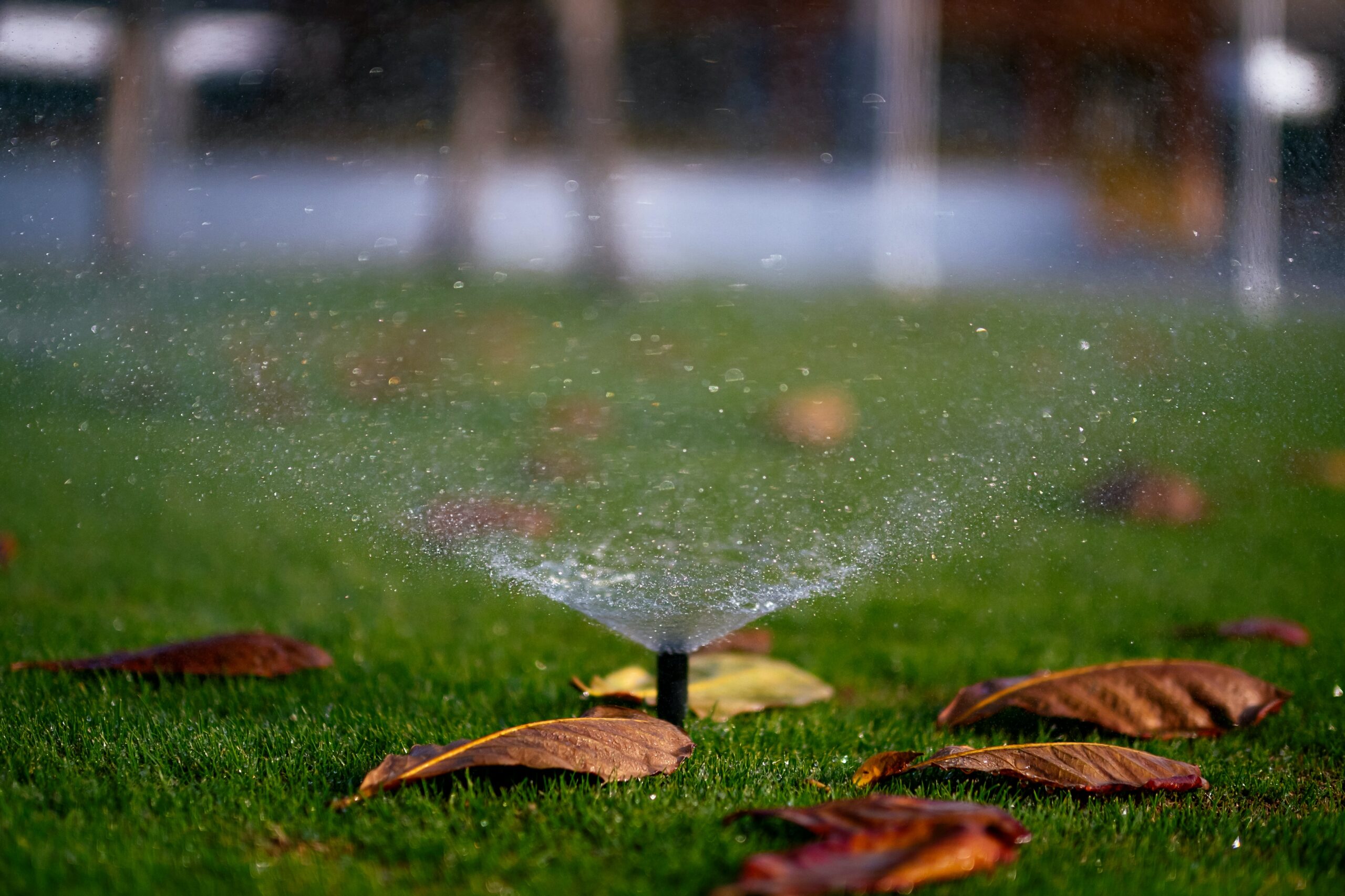Over time, native flora and fauna evolve to work harmoniously with one another, yet our local ecosystems are delicate. When new plant species are introduced into the existing ecosystem, the non-native invasive florae can have devastating effects. Many species brought to the Mid-Atlantic regions decades ago continue to disrupt these fragile ecosystems today. We’ve highlighted a few of these species below to keep your landscape thriving and free of invasive plants.
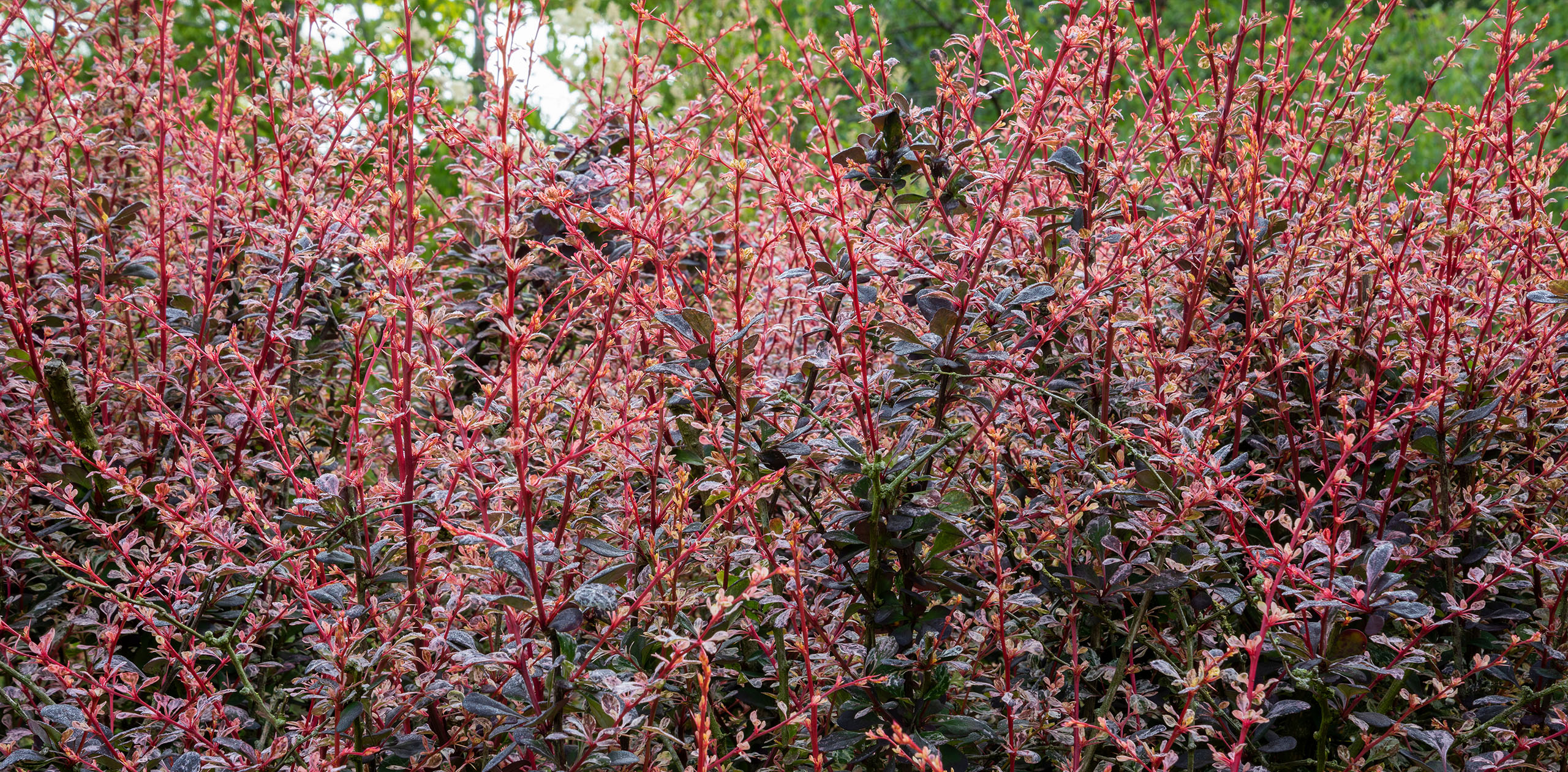
The Japanese Barberry is a spiny shrub with red berries that can grow almost anywhere. It is very hardy, and its seeds drop and sprout, making it easy for this shrub to spread rapidly. These characteristics may not seem too problematic, but the thick, lush leaves of the Barberry Bush also make it the perfect place for deer ticks to take refuge when the weather is cold and inhospitable to their survival. Deer ticks are Lyme carriers, and there have been multiple reports of an increase of Lyme disease cases in areas with a high ratio of Bayberry Bushes.
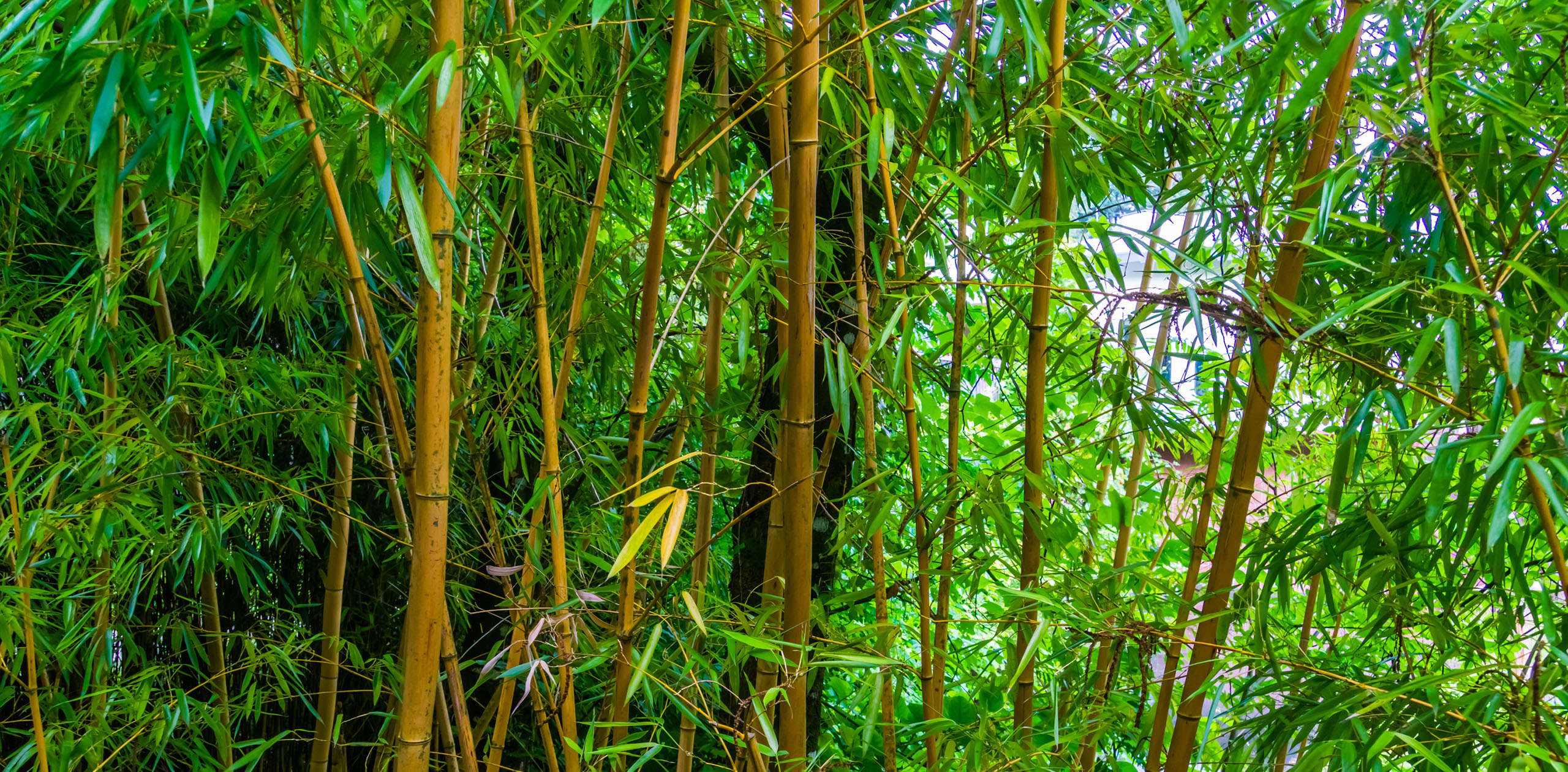
Bamboo may seem like an easy solution to provide privacy or shade, but this plant can quickly take over any landscape. At its peak growing season, between April and June, bamboo shoots can grow up to 12 inches in one day! In addition, their roots can travel 20 feet underground past their original clump, meaning removal is often much more extensive than simply cutting down the shoots.
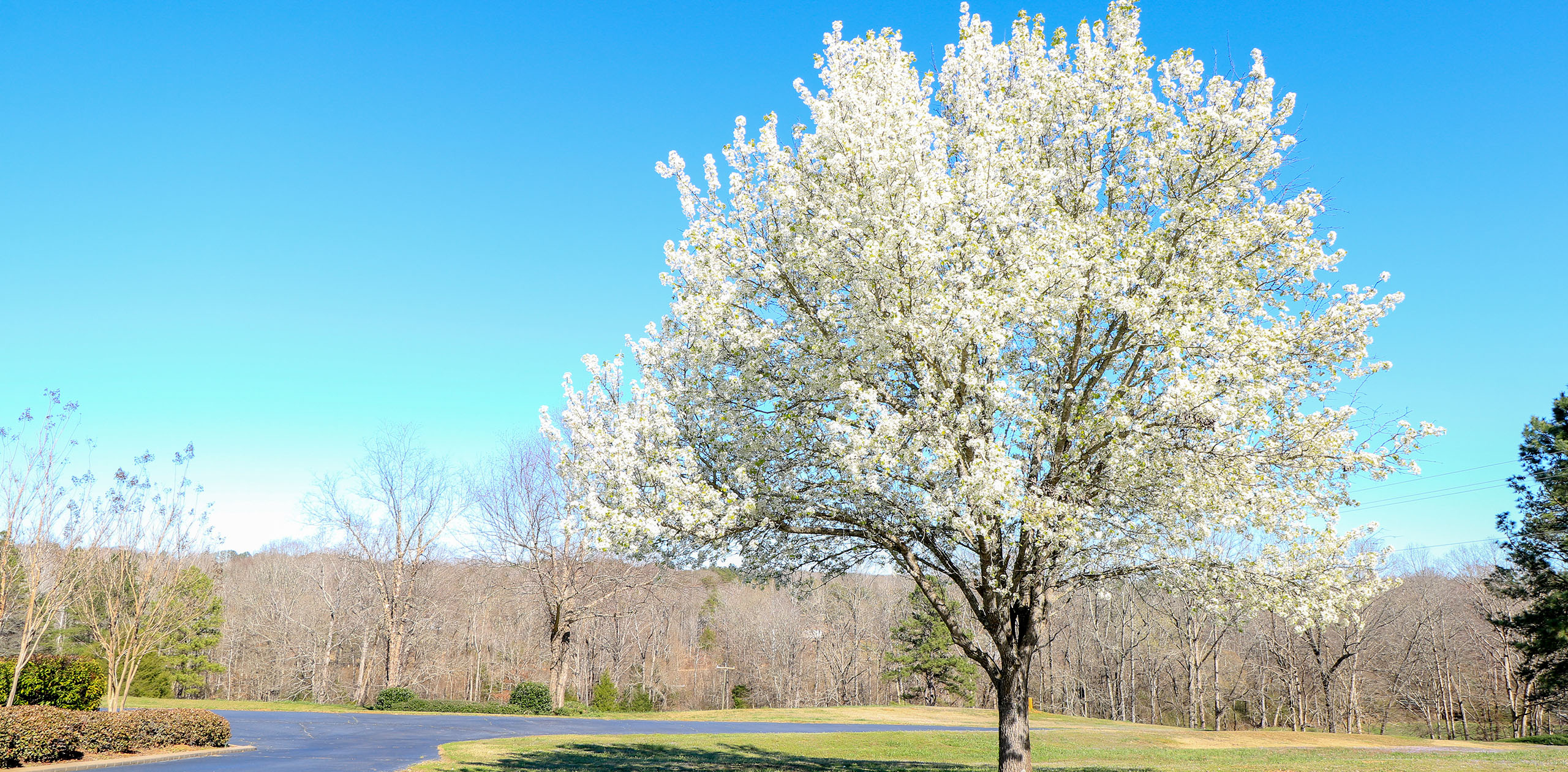
You have probably seen Bradford or Callery Pear trees anywhere from neighborhood developments to business parks and shopping centers. The Bradford Pear has puffy white blooms that appear in the spring with a distinct fishy odor that can become overwhelming if there are multiple trees in the area. While the Bradford Pear is not invasive, it can easily turn into the invasive “Callery” Pear. This is because the Bradford varietals are bred to be male trees that do not drop fruit; however, when a female pear tree pollen combines with the male, the tree becomes a Callery Pear. Along with the odorous blooms, the Callery grows nearly four-inch-long spikes that are dangerous to humans and animals.
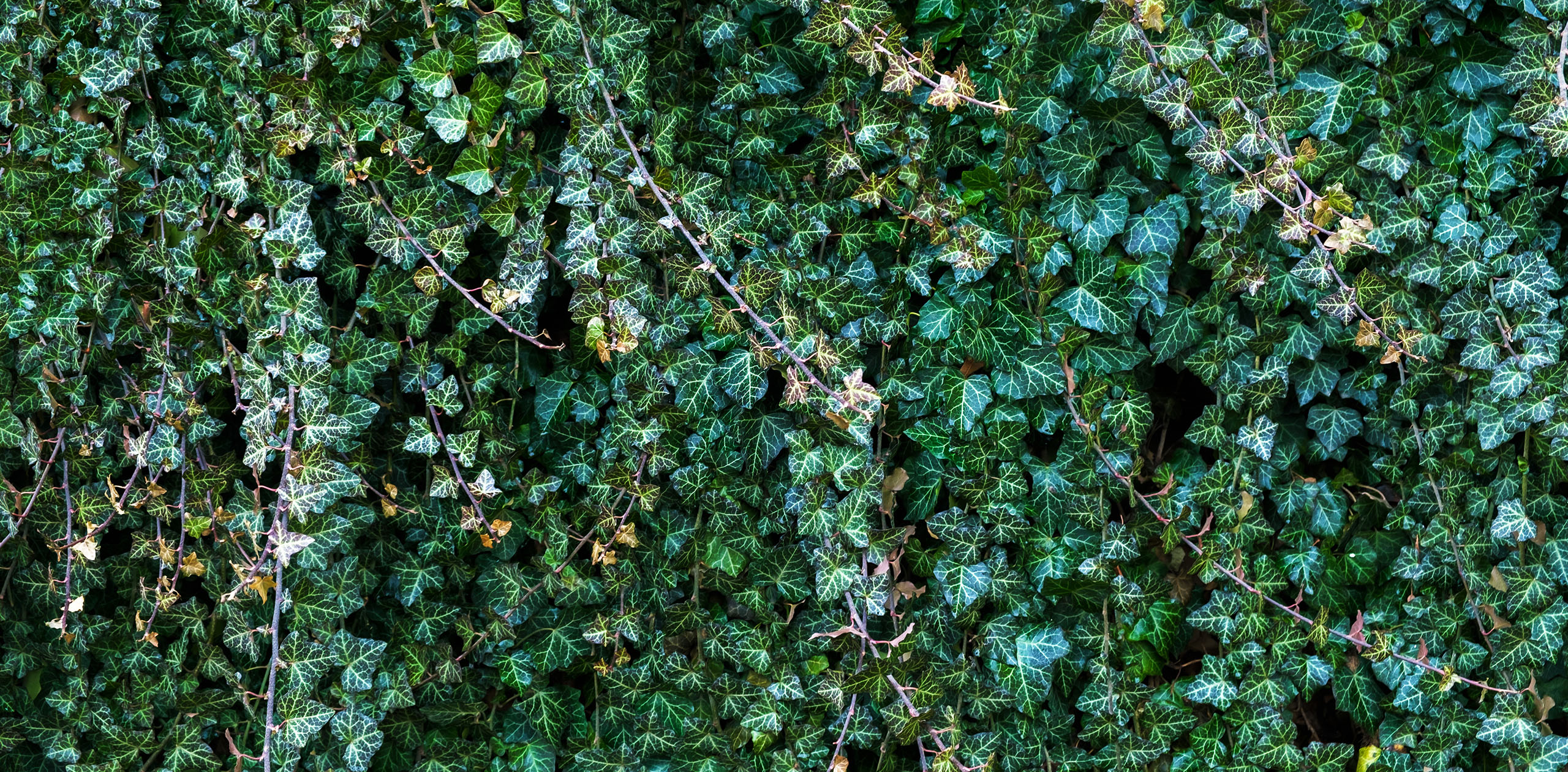
The idea of an ivy-covered wall is evocative of a picturesque garden, but English Ivy can cause a lot of destruction. The rhizomatic roots of the ivy can burrow into masonry cracks and eventually weaken the structure to the point of collapse. English Ivy is widely sold and grows well without maintenance. If left unkempt, the roots can become difficult to remove, and since English Ivy is a perennial, it will appear year after year if not completely removed from the landscape.

Often used to cover mailboxes or fences, the Sweet Autumn Clematis is beguiling with its delicate and sweetly scented flowers. However, as this plant proliferates, its tough vines take over, and the delicate flowers produce tiny seeds that float in the wind and take hold wherever they land. The only way to prevent its spread is to be vigilant about pruning or follow the recommended path of removing the plant altogether. Hiring a professional landscaper is a great way to make sure invasive plant species like the Autumn Clematis are completely removed.
If these invasive species are on your property, the best option is to remove them. Unfortunately, these plants don’t always make removal a simple process. Their widespread root systems, seeds, and thorns may deter you from taking action. That is where we come in! Let us help you remove these pesky plants from your landscape so you don’t have to continually fight back their spread each year. We can even recommend native species to plant in their place. Contact us to get started!

